Brexit news: Who could replace Theresa May as Tory leader and Prime Minister?
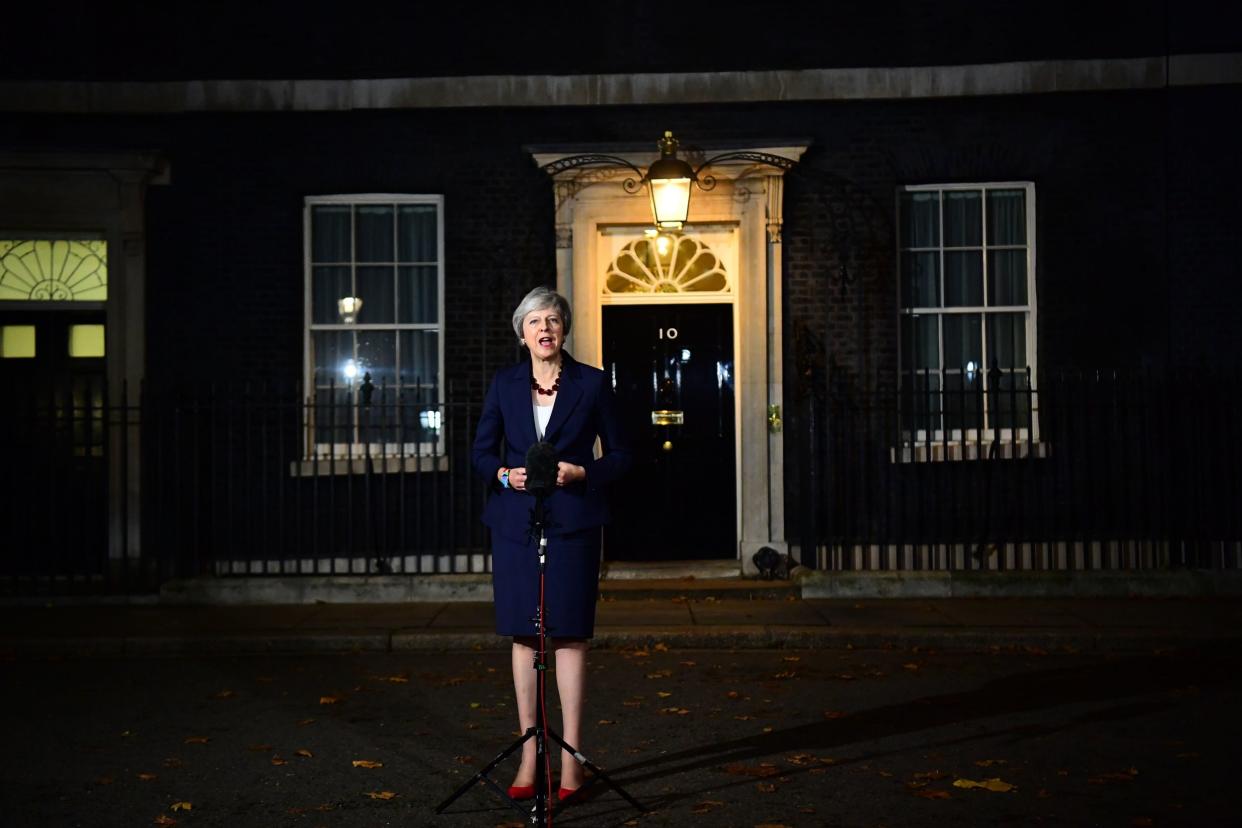
Theresa May’s leadership is looking increasingly precarious after her most tumultuous ever day as Prime Minister.
Several high-profile ministers, including Dominic Raab and Esther McVey, quit in protest at her Brexit deal on Thursday amid rumours that no confidence letters were flooding in to the 1922 Committee.
Odds on her leaving her post have been slashed, despite her spokesman stating she would fight any confidence vote and would not be stepping down.
Leading Brexiteer Jacob Rees-Moog publicly submitted a letter of no confidence in the afternoon amid rumours that the number of letters submitted was nearing the 48 needed to trigger a confidence vote.
But who could replace the Prime Minister?
Bookmakers have three Tory politicians as potential frontrunners for the top job should she go.
They differ on who they see as top choice, but Boris Johnson, Sajid Javid and David Davis feature high up with the majority.
Brexit Secretary, Dominic Raab, who quit on Thursday morning, has also been tipped as a future leader after resigning his post.
Jacob Rees-Mogg, Michael Gove, Amber Rudd and Jeremy Hunt are all also rumoured among those who could possibly throw their hat into the ring if there was a potential leadership contest.
Boris Johnson
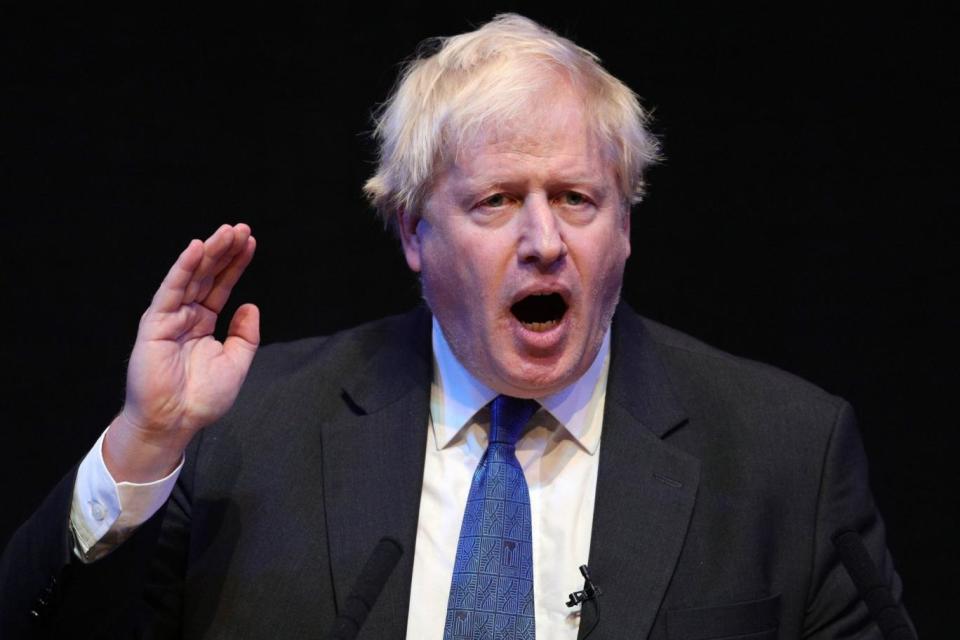
Former Foreign Secretary and ex-Mayor of London Boris Johnson has long been touted as a future Conservative leader.
In July, he resigned over the Chequers deal, which he has blasted ever since.
He gave a speech at the Conservative conference and branded the Chequers deal a "cheat".
He is known as a charismatic figure but he is also not adverse to controversy, which has scuppered him in the past.
The Brexiteer put himself forward for the Tory leadership after David Cameron quit in 2016. But he then announced he would not run, after Michael Gove, who led the Leave campaign with him, appeared to stab him in the back and go for the leadership himself.
Sajid Javid
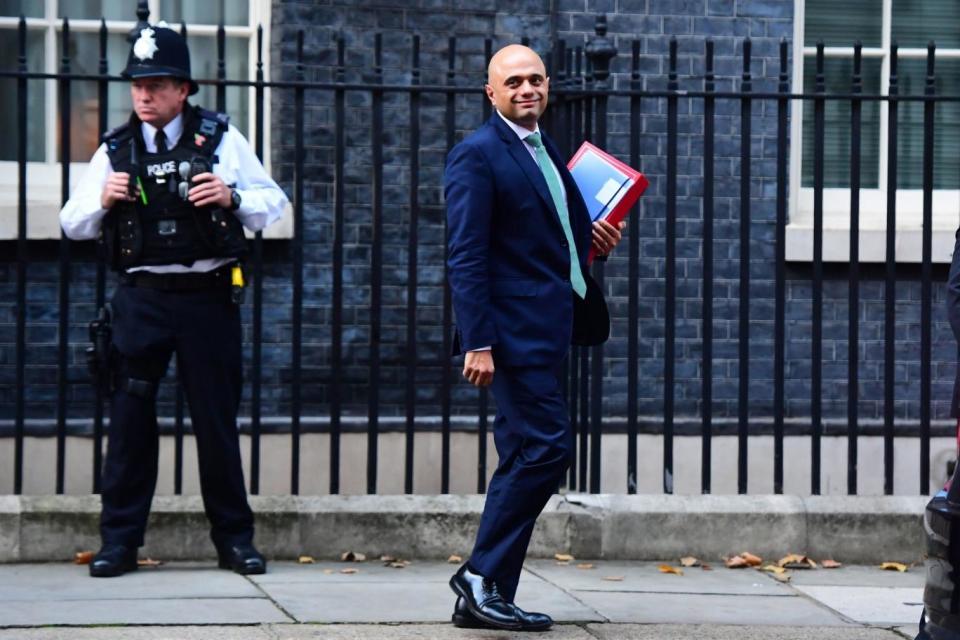
The Home Secretary Sajid Javid has held a multitude of Parliamentary posts and has a wealth of experience in the inner circle of the Cabinet.
In recent times he has publicly questioned Mrs May on a range of policies, for example he queried her net migration target of below 100,000.
He also denounced the "hostile environment" term in regards to immigration, which had been Mrs May's stance during her time as Home Secretary.
This steadfastness on his views might have upped his stock as potential leadership material.
David Davis
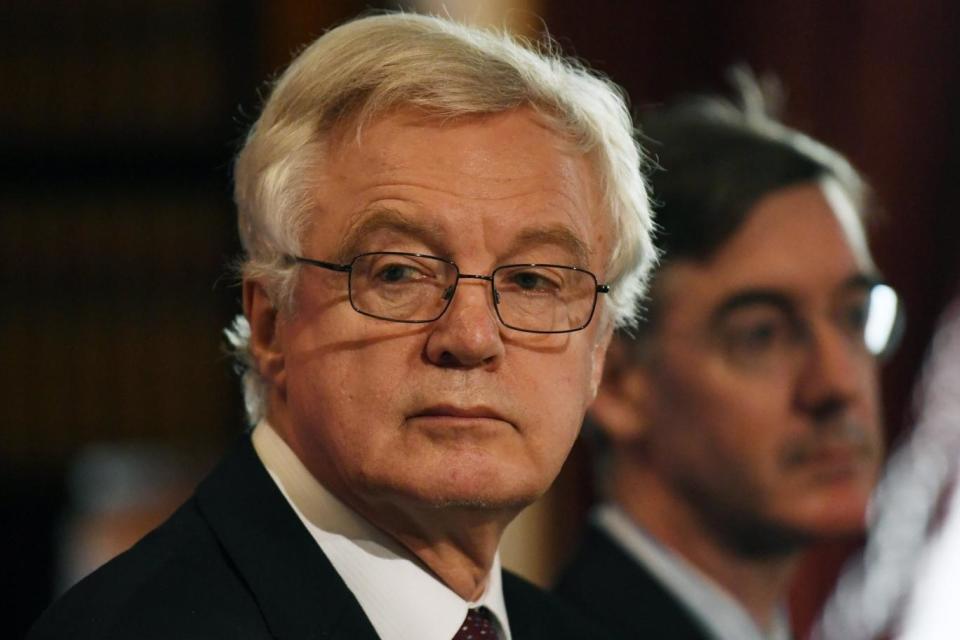
The former Brexit Secretary has vied for the position before, unsuccessfully, in 2001 and 2005.
He was previously touted as an interim leader by one of his fellow MPs, Nadine Dorries and is said to have lined himself up before when there were rumours of a potential leadership contest after she lost the General Election.
He quit his post as Brexit Secretary after two years over the Prime Minister’s stance on negotiations with the EU.
Dominic Raab
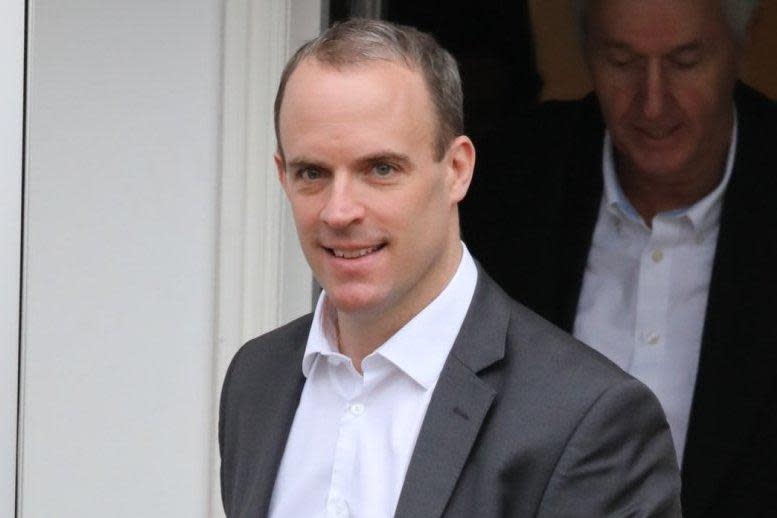
After quitting as the Brexit Secretary the day after Mrs May announced that she had passed the divorce deal with her Cabinet, Dominic Raab has now been deemed a potential successor should she go.
He was recently criticised for comments such as admitting that until recently he did not fully appreciate the importance of the Dover-Calais crossing for UK trade.
Mr Raab has served as an MP since 2010 and held three Ministerial posts.
Jacob Rees-Mogg

Among the staunchest advocates for Brexit, Jacob Rees-Mogg publicly asked Mrs May in the Commons today if there was any reason he should not back a vote of no confidence in her leadership.
He is a well-known politician due to his outspoken views and has been relentless in criticising how Brexit has been dealt with so far.
His constant criticisms of Mrs May and the Brexit deal along with his backing by Eurosceptics tout him as a potential figurehead for the Party.
Michael Gove
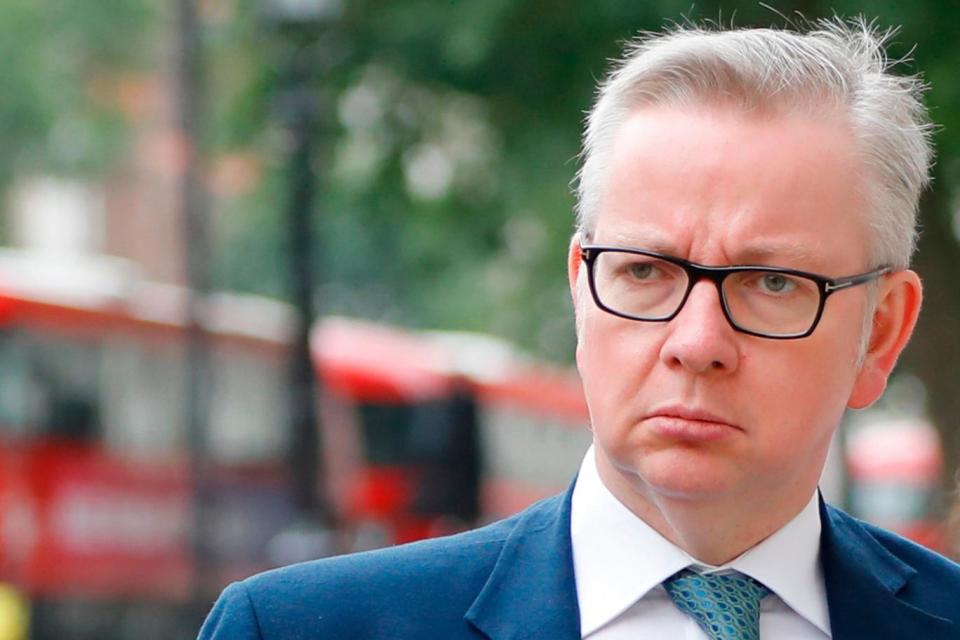
Parliamentary sources suggest the Environment Secretary has rejected the role of Brexit secretary.
It is now unclear what his plans are. He ran for the leadership in 2016 but was eliminated in the second round of voting.
He has previously served as the Justice Secretary, between May 2015 and July 2016, and Education Secretary, between May 2010 and July 2014.
As well as this he held the position of Chief Whip between July 2014 and May 2015.
Jeremy Hunt

Former Health Secretary and now Foreign Secretary Jeremy Hunt has been accused of angling for the position in the past.
He held the position of Health Secretary for longer than anyone else ever has.
Though he backed remain in the referendum, he has also expressed Eurosceptic views in the wake of it.
Amber Rudd
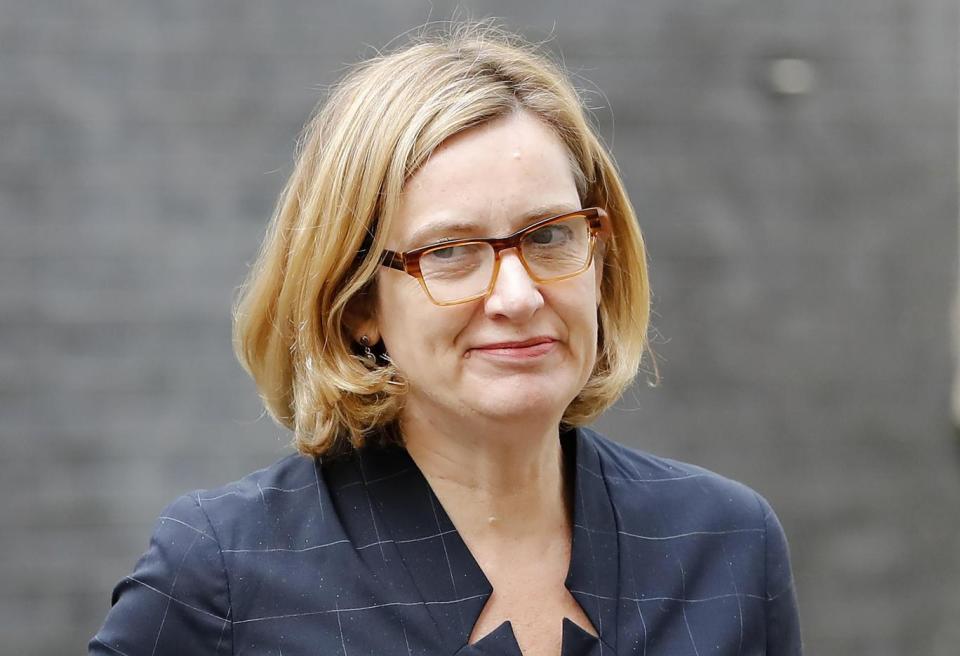
Though ranked 40/1, Amber Rudd has been widely tipped as a future leader in the past. She stepped in for Mrs May during the live TV debates in the run-up to the General Election last year.
But she had to resign from her post as Home Secretary earlier this year over the Windrush scandal.
How could a leadership contest be sparked?
Theresa May could resign
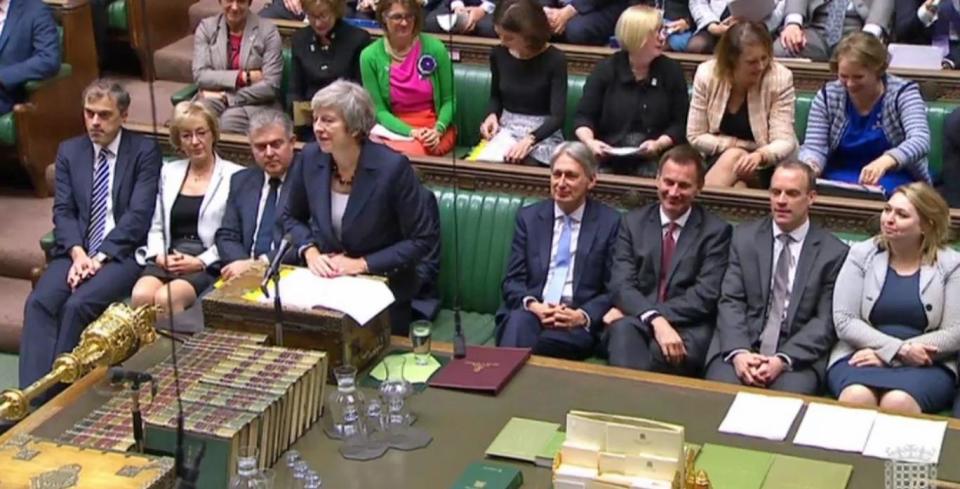
If Theresa May were to resign, it would trigger a leadership contest.
The Prime Minister faced down calls to quit from Labour's Mike Gapes in the Commons today, who asked if she should recognise "reality" and make room for "someone else who could take this country forward in a united way".
She replied simply: "No."
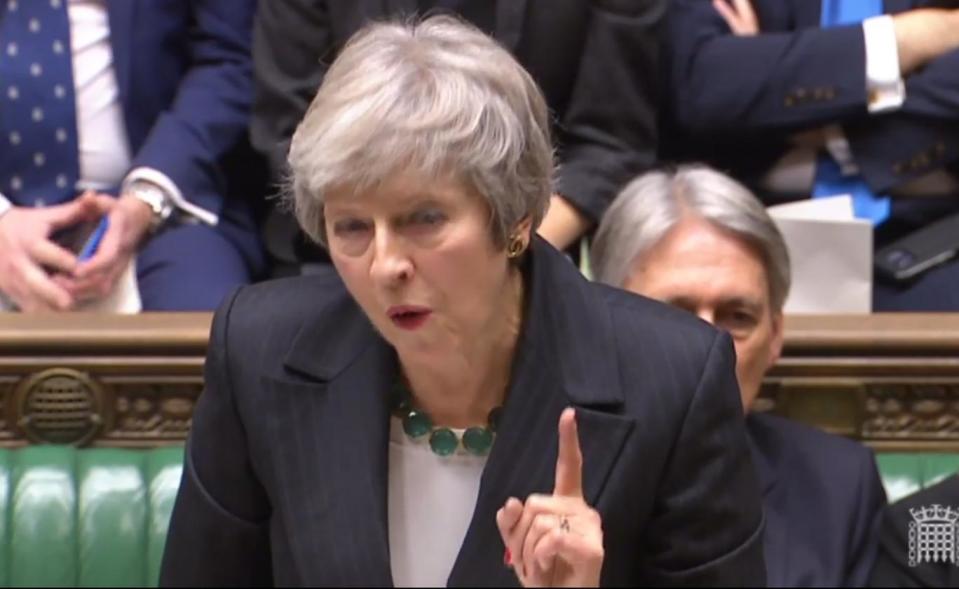
No confidence vote
A 'no confidence' vote is a formal motion in the House of Commons, with the wording: "That this house has no confidence in HM Government".
To put it more colloquially, it would mean MPs feel the Prime Minister is no longer deemed fit to hold her role.
A total of 48 MPs must write to the 1922 Committee chair Graham Brady to request a vote of confidence.
If the Prime Minister won the confidence vote, she would remain in office and be awarded immunity for a year.
Just seven Tory MPs - or all of the DUP MPs - would need to vote against May for her to lose the vote.
If the Prime Minister loses a confidence vote, she is obliged to resign and would be barred from standing in the leadership election that follows.
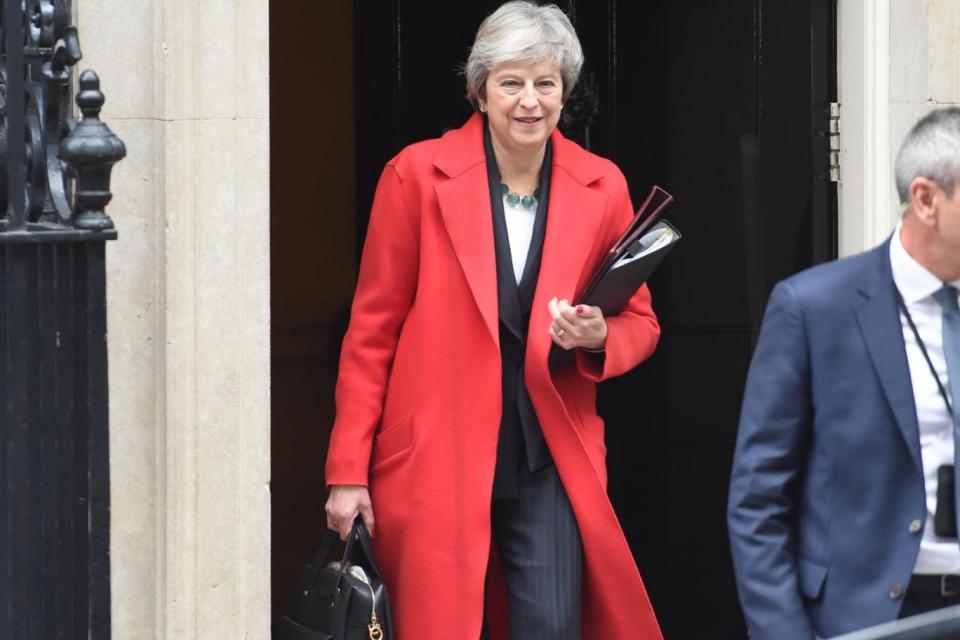
What would happen in the event of a leadership contest?
Candidates are nominated – it takes two MPs to put one potential person forward
If only one is put forward – they become leader
If multiple proposals are made the list would be narrowed down to two by a ballot between MPs
Once two are presented there is a postal ballot of the party members
The victor of this becomes leader of the party
The whole process would be expected to last around 12 weeks – during which time Theresa May would remain leader

 Yahoo News
Yahoo News 
